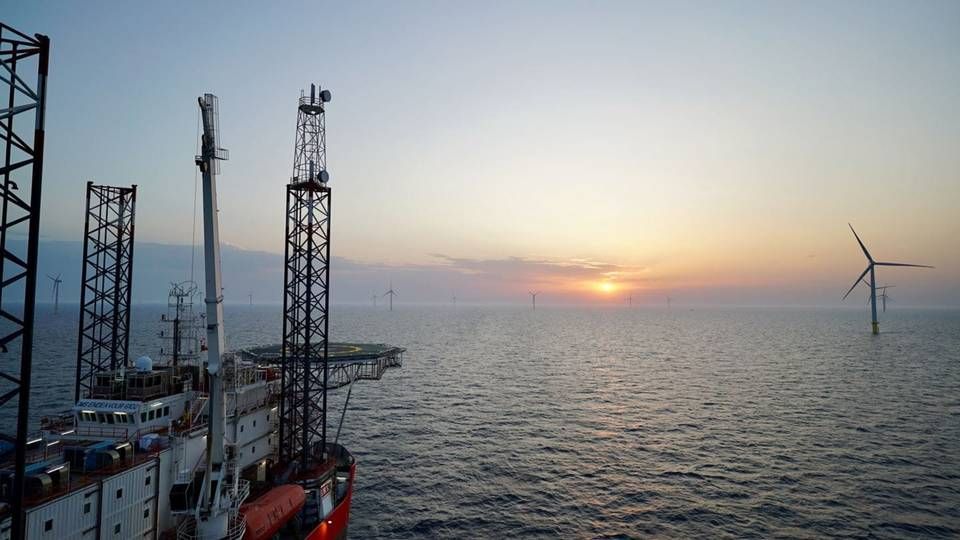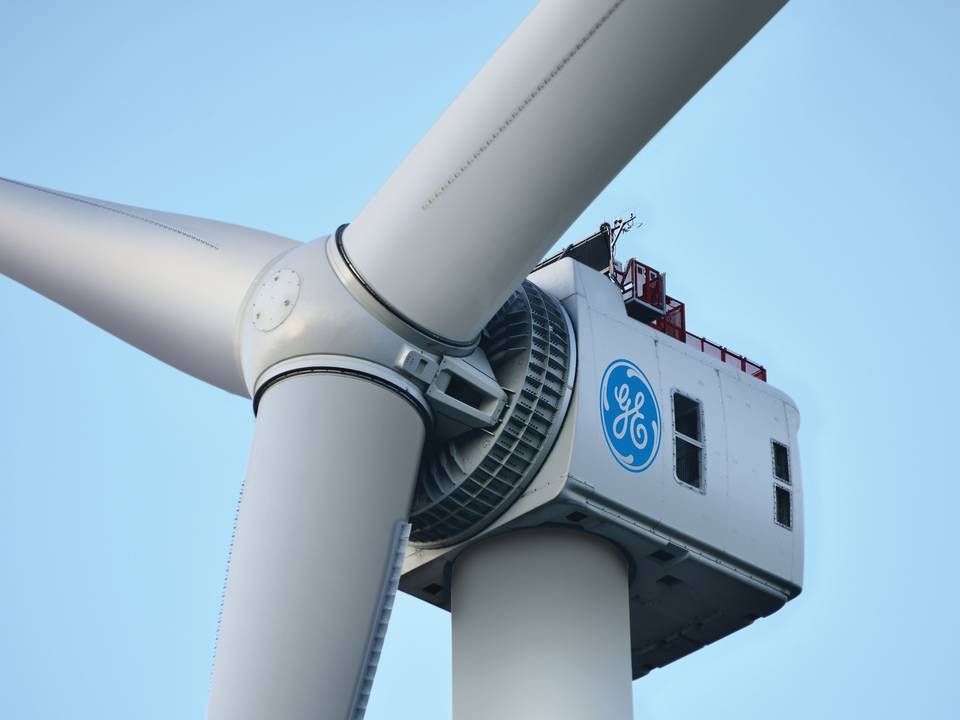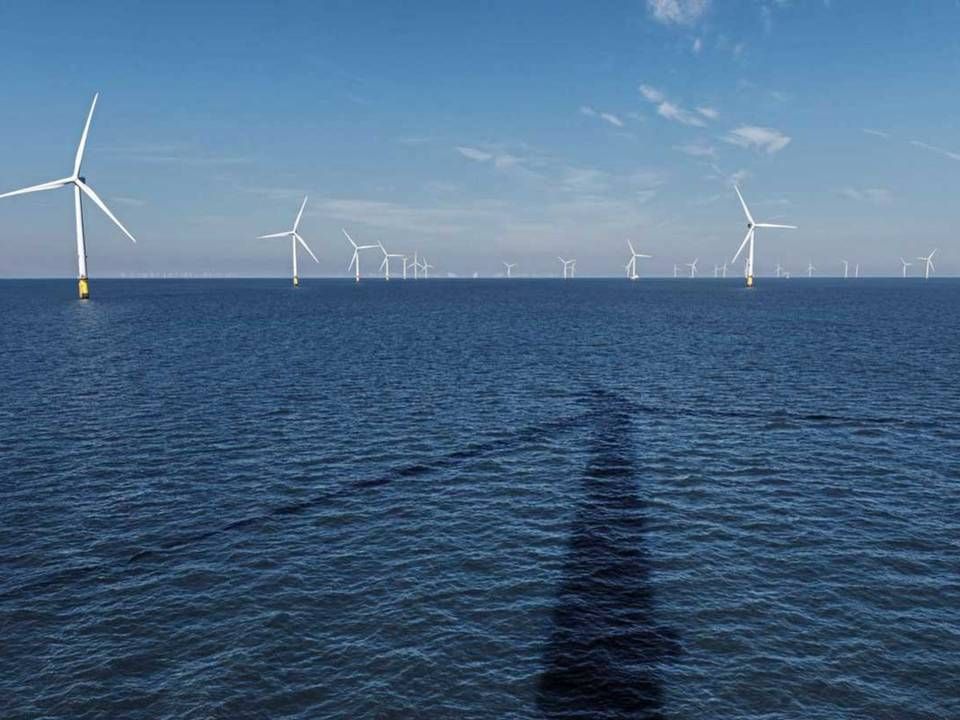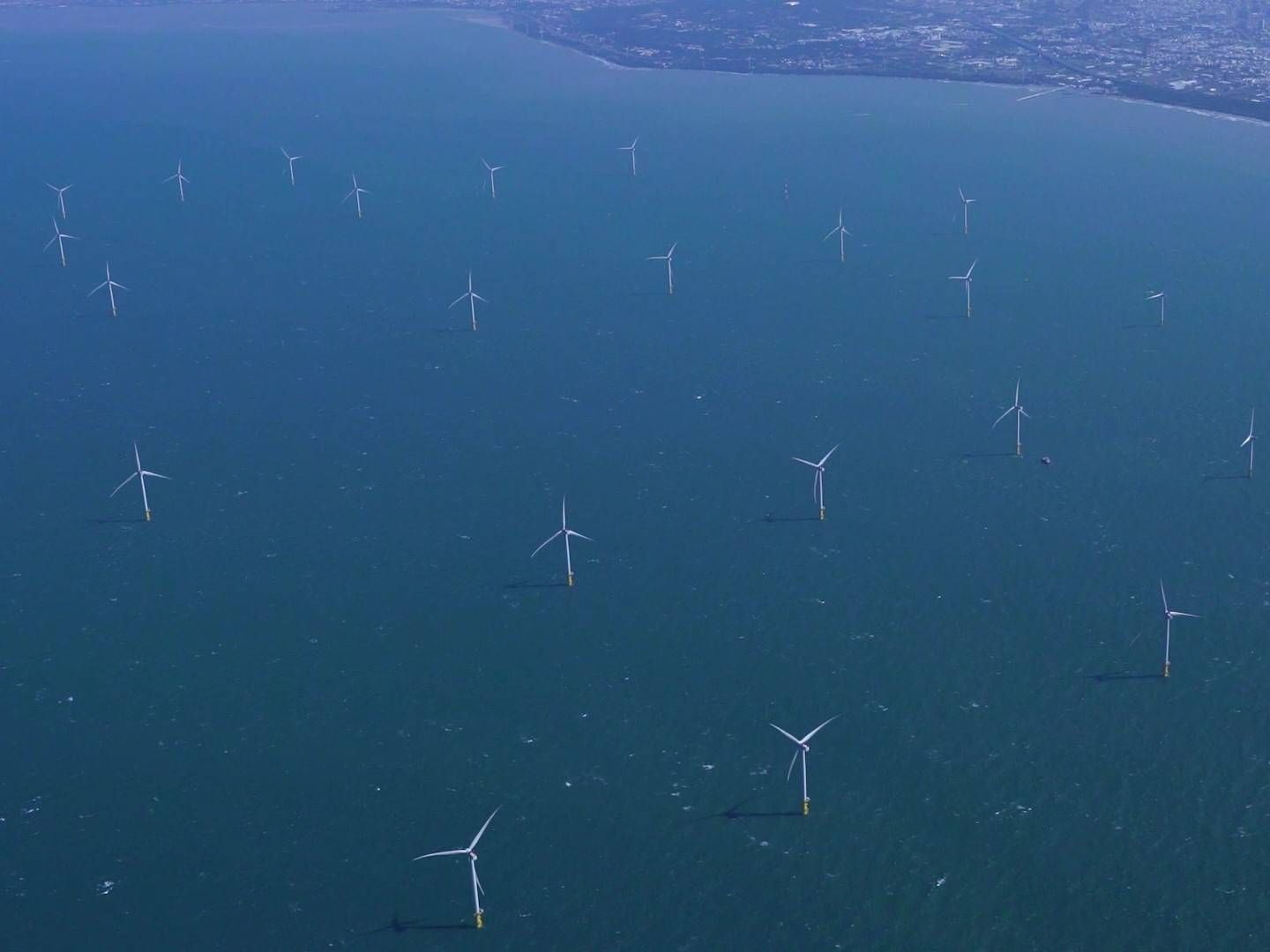Ørsted extends intermediary power trading role with Dutch deal

Over the course of the two coming years, Ørsted will being selling electricity in the Netherlands – not only connected to the utility's first generating asset of the country, offshore wind farm Borssele 1&2, which fully commissions today, but also handling power from 325 MW owned by other proprietors.
Dutch power company Greenchoice has engaged Ørsted to sell and balance production from its route-to-market portfolio.
"The essence of this type of agreement is that we offtake electricity for a price agreed on the preceding day, and then we take upon the risk for balancing it into the market," says Ørsted Markets & Bioenergy Chief Executive Morten Buchgreitz.
"In other words, we transmute electricity into money," he adds.
The Danish wind major's intermediate trader business role is growing rapidly. On Tuesday, the group closed a similar deal with Equinor and SSE on handing the sales of 40 percent of the 2.4-GW Dogger Bank offshore wind farm, while the former also signed a contract with Innogy in August to offtake the full load from Triton Knoll's 860 MW.
With this most recent accord, Ørsted's route-to market portfolio is approaching 8 GW – even though only a rough third of this volume stems from external renewable assets. The other two thirds are sourced from turbines the company erected itself as well as from in-house developed capacity sold further to partners.
Limited risk
Despite all this, developing and operating its own offshore wind turbines remains the utility's core business. Bearing in mind the company's aim of practically doubling its capacity to at least 15 GW in 2025, it could almost seem counterintuitive that Ørsted is burning calories on making sure its rivals are able to offload their electricity. Even so, the group is not one to play risky bets on its home turf, Buchgreitz assures.
"The risk is slightly less than for other type of activities and basically entails whether we are apt enough in our production forecasts. Such sums can, however, quickly accumulate. But on the other hand, we're doing something that to a large extent is our preexisting core competence," he continues.
The concept behind route-to-market has, though, more in common with conventional power traders. Even though this can technically be categorized as a power purchase agreement (PPA), it's far different from deals Ørsted has made on selling its own energy to commercial customers.
Whereas such corporate PPAs are a method for securing financing, with the offtaker pledging to buy electricity for a firm price in a fixed period, power prices show wide, daily fluctuations with route-to-market contracts. Here, balancing power into the network is crucial, because the risk Ørsted takes upon itself for a fee is dependent on the generated volume reported to transmission system operators a day ahead of time being actually the same electricity that gets delivered.
Better than competitors
It's in the nature of things that predicting output from intermittent renewables is a trickier task than doing so for conventional thermal plants not dependent on the sun and wind. Incorrect guesses trigger higher expenses, for example, from resorting to go the intraday market to buy more power – or coax big consumers to dial up on production to help balance the grid frequency.
The art of load balancing can fetch prices of up several euros per MWh. But it's precisely here that Ørsted's own generation provides an advantage, both directly in terms of experience as well as in a derived monetary sense.
"Basically, we do this well because we have our own wind farms. We have a big setup with in-house meteorology providing us with an intimate understanding of weather systems and giving us sophisticated models with which to asses wind developments," Buchgreitz says.
"That's how we're able to have lower balancing costs than the competition. This means we can either live with taking a lower price or getting a better consolidated return on our investments."
Looks to the US
The power trading business is thus not perceived as an independent business unit as such for Ørsted, but rather as a piece of the greater whole. Amassing a large portfolio can also support the utility's primary operation in another manner.
In step with increasing proportions and national electrical networks being supplied by renewable sources, striking a balance also becomes more and more difficult. This is not least applicable if a lot of output comes from single technology at a delineated region, for instance, offshore wind in the North Sea. In such circumstances, whether the wind blows on a given day becomes quite paramount.
That problem is not alleviated by the big deals on assets like Dogger Bank and Triton Knoll, both of which are being developed in the very same North Sea, the Markets & Bioenergy CEO concedes. Although Ørsted is also interested in diversifying its contracts on account of those same factors.
Geography can play a certain role here, where it can make a big difference if, to illustrate, energy can be sourced both from the eastern and western UK. But the technological variety aspect is also of importance: One of the first of such agreements, made by in 2017, pertained to three Scottish onshore wind farms, just as the new Dutch deal concerns turbines on dry land. Moreover, the utility is also engaged in both waste-to-energy facilities and battery-based energy storage.
Beyond Britain and the Netherlands, the company has also entered route-to-market contracts back home in Denmark. That this harmonizes rather well with these three being Ørsted's core markets is no coincidence. However, another major market has grown in importance for the utility in recent years and where the Danish firm is also developing more than merely offshore wind.
"In the first round, we're looking into the markets where we're already present. That's why we are establishing ourselves in the US, where we both have onshore wind and solar farms. Similarly, we have the entire modeling apparatus in place," Buchgreitz relays.
English Edit: Daniel Frank Christensen
World's biggest offshore wind farm gets bankrolled
Ørsted strikes massive deal on competitors' offshore project
Ørsted to establish offshore wind in South Korea
New tax proposal could add major costs to Ørsted's offshore wind farms
Related articles
World's biggest offshore wind farm gets bankrolled
For subscribers
Ørsted strikes massive deal on competitors' offshore project
For subscribers
Ørsted to establish offshore wind in South Korea
For subscribers
























.jpg&w=384&q=75)
